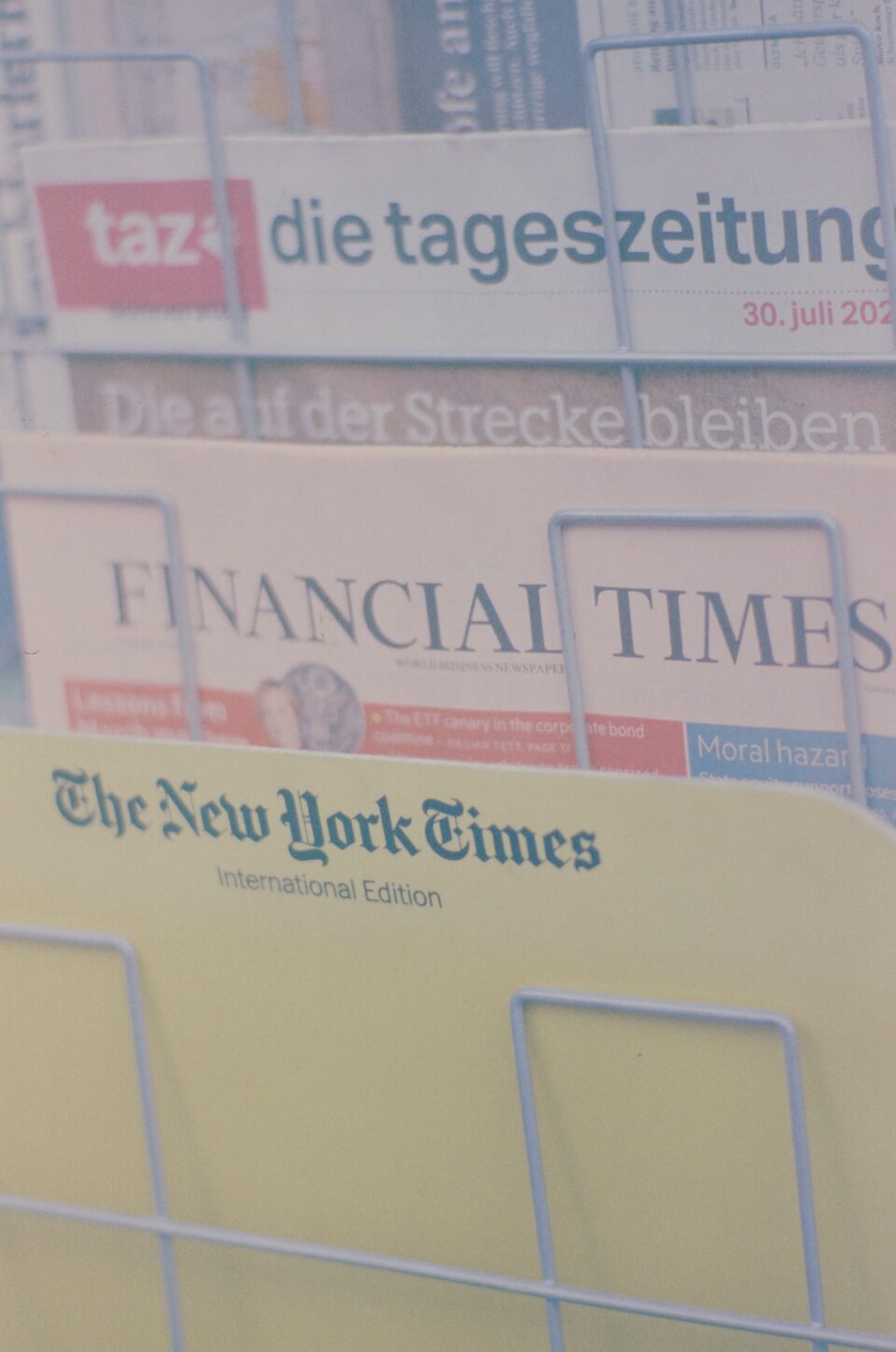Fake News: How it Influences Public Opinion
In the age of social media and the rapid dissemination of information, the term “fake news” has become a prevalent buzzword. We live in a world where anyone can create and share news stories, often without any fact-checking or journalistic integrity. This phenomenon has unnervingly infiltrated our daily lives and has the power to influence public opinion in alarming ways.
Fake news is false or misleading information presented as authentic news. It can take various forms, including fabricated stories, hoaxes, conspiracy theories, and satire intentionally mistaken for real news. Unfortunately, the lines between fact and fiction have become increasingly blurred, leaving the public vulnerable to manipulation.
One of the most significant ways fake news influences public opinion is through confirmation bias. Confirmation bias occurs when individuals seek out information that aligns with their pre-existing beliefs or values, consequently reinforcing their existing opinions. People tend to be drawn to news sources that confirm their biases, and fake news outlets have capitalized on this tendency. By producing content that aligns with people’s preconceived notions, they not only gain a following but also solidify existing beliefs, often without any factual basis.
Furthermore, the sharing of fake news on social media platforms exacerbates the problem. With the click of a button, fake news can reach millions of users instantaneously. Social media algorithms are designed to amplify content that generates high engagement, regardless of its veracity. This has led to the rapid spread of fake news stories, creating an echo chamber effect where people are only exposed to information that supports their viewpoint. As a result, individuals become more divided and less open to opposing perspectives, further polarizing society.
Another detrimental consequence of fake news is the erosion of trust in mainstream media. Fake news stories often mimic the format and appearance of legitimate news sources, making it difficult for the average individual to discern fact from fiction. When people are repeatedly exposed to false information, it leads to skepticism and doubt about all news sources. This cynicism ultimately weakens the public’s trust in traditional media outlets, which are crucial for the functioning of a democratic society. The erosion of trust in the media undermines our ability to make informed decisions, both individually and collectively.
Fake news also has the potential to influence public opinion during critical events, such as elections. By disseminating false information about political candidates, fake news sites can significantly impact voter behavior. Whether it is spreading unfounded allegations or manipulating images and videos, fake news can shape public perception and sway votes. This poses a severe threat to the democratic process, as it undermines the fairness and integrity of elections. It is essential that we remain vigilant against the influence of fake news to ensure a well-informed electorate.
So, how can we combat the spread and influence of fake news? Education plays a crucial role. Teaching critical thinking and media literacy skills from an early age can empower individuals to analyze and evaluate information effectively. Fact-checking organizations also play a vital role in debunking false information and holding fake news outlets accountable. However, the responsibility doesn’t solely rest on individuals and fact-checkers; social media platforms must also take action. Implementing stricter algorithms that prioritize accuracy over engagement and flagging potentially false content can help to minimize the reach of fake news.
In conclusion, fake news has become a pervasive and influential force in shaping public opinion. Through confirmation bias, social media sharing, erosion of trust, and its potential to impact critical events, fake news poses substantial risks to our society. It is crucial to combat the spread of fake news through education, fact-checking, and responsibility from both individuals and social media platforms. Only by collectively working towards a more informed public can we mitigate the detrimental impact of fake news and foster a healthier democratic discourse.

